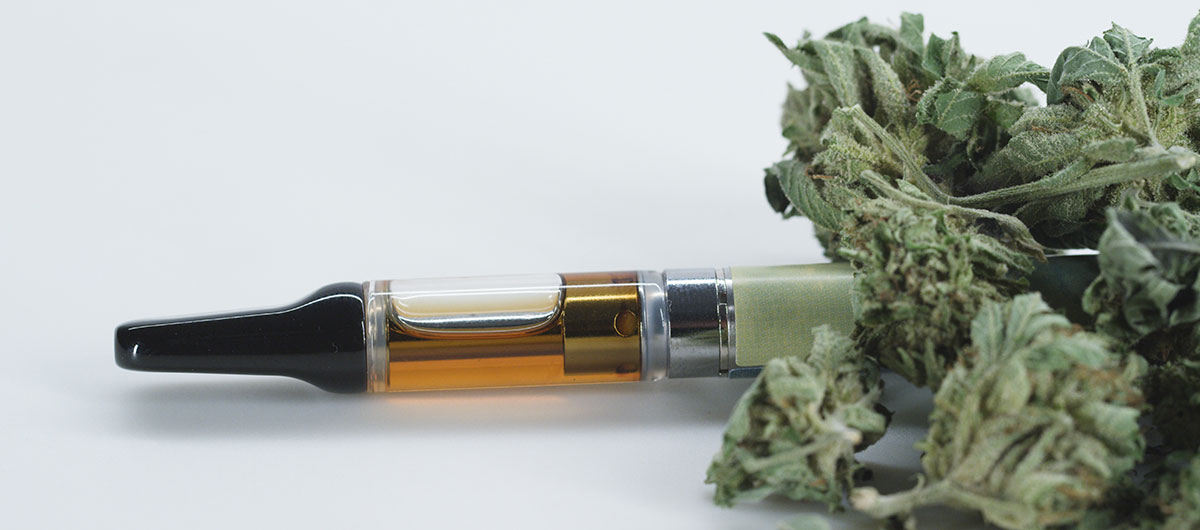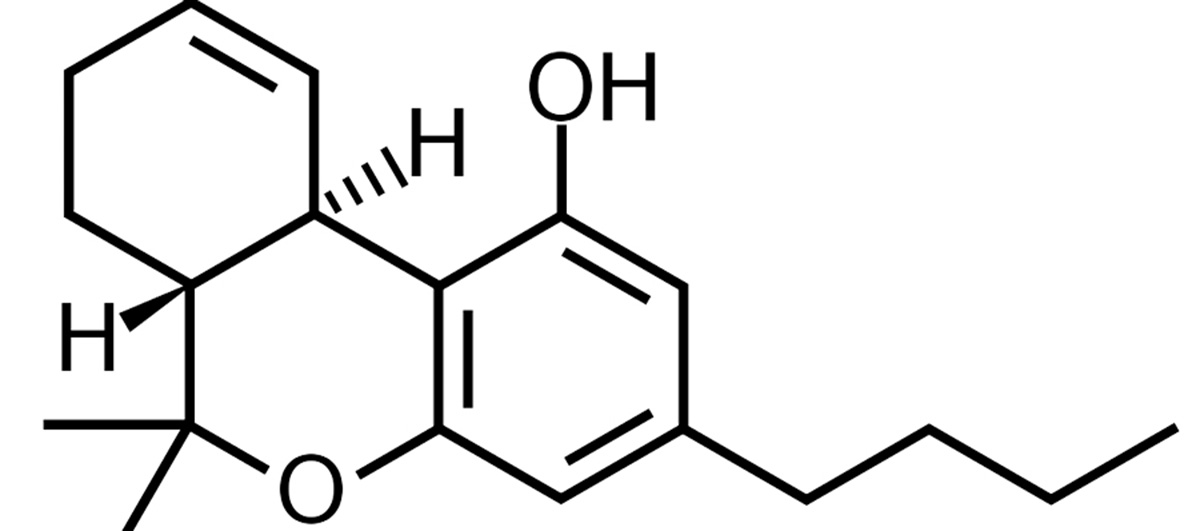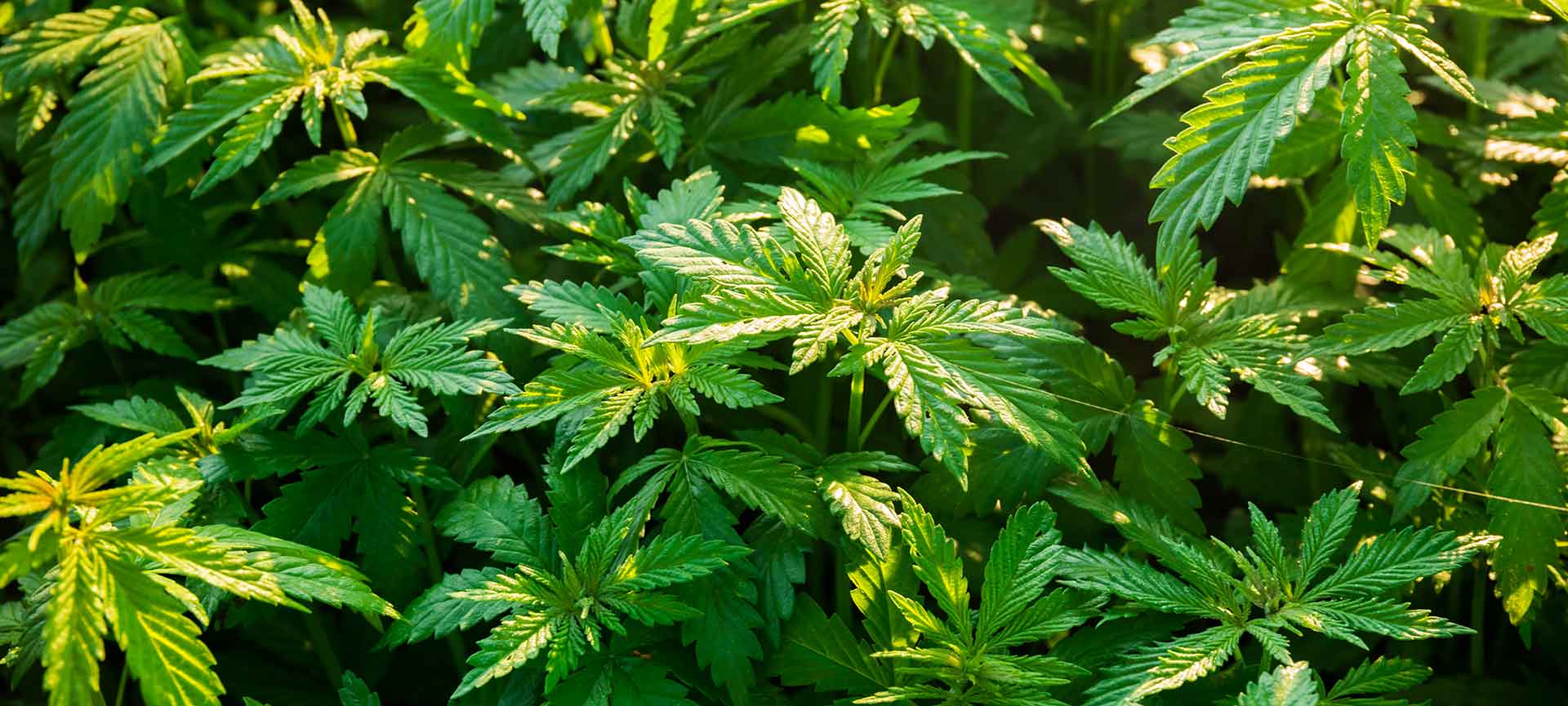So What Are Cannabinoids Anyway?
Cannabinoids are naturally occurring compounds found in the cannabis plant. Cannabinoids interact with particular cannabinoid receptors present on the surface of body cells to exert their effects.
These receptors are found in different parts of our nervous system and brain. In essence, cannabinoids influence the endocannabinoid system (ECS), a unique cell-signaling system found in all mammals.
Cannabinoids can be classified into phytocannabinoids, which are plant-based and synthetic cannabinoids manufactured artificially.
The common cannabinoids are the phytocannabinoids THC or tetrahydrocannabinol, the psychoactive compound in cannabis, and CBD (or cannabidiol).
There are 100+ distinct cannabinoids present in the cannabis plant, each with different therapeutic effects.

Cannabidiol (CBD)
Key facts
- CBD, unlike THC, is non-psychoactive.
- CBD stimulates the release of endocannabinoids in our body’s endocannabinoid system (ECS).
- CBD is a natural product whose content varies with each product. Note: cannabinoids are naturally found in plants (as phytocannabinoids ) and our bodies (as endocannabinoids).
Cannabidiol is the major cannabinoid in cannabis with non-intoxicating effects on our body and mind. CBD is potent at the trichomes from which it’s extracted into the oil. It’s available in various forms for consumption, such as a capsule or oil (taken orally), as a cream (for topical application), or as a dried flower and vape oil for inhalation.

How CBD Works
CBD works by increasing or improving the production of endocannabinoids in our bodies.
Cannabidiol acts as an inhibitor to enzymes that regulate or destroy the body’s endocannabinoids. This action increases the endocannabinoids circulating in our body hence improving our physical state.
CBD also affects;
- Serotonin levels that influence mood and stress.
- Orphan receptors that modulate blood pressure and bone density
- Vanilloid receptors that influence pain perception and inflammation.
- Adenosine, which helps with sleep.
CBD Content
The CBD content is also the potency of CBD in a product. It’s expressed as a percentage of milligrams per gram in cannabis. For example, 10 % CBD on a package means 100 milligrams of CBD per gram of cannabis.
It’s advisable to always check for the CBD content and if the CBD is sourced from federally licensed producers.
THC Tetrahydrocannabinol
Key facts
- THC is psychoactive, and though it can be used as a remedy for various conditions, taking it in high amounts can have harmful effects on the user.
- The THC content or potency is indicated on the label of a cannabis product.
- Among the many cannabinoids in the cannabis plant, THC is the one majorly linked to the intoxicating effects of cannabis. When cannabis is fresh, THC is in its inactive form THCA (tetrahydrocannabinolic acid). When cannabis is heated, dried, or cured, THCA drops off, and THC is activated.

How THC works
THC binds with cannabinoid receptors in our brains and central nervous systems to cause its euphoric and psychedelic effects.
Moreover, it helps maintain homeostatic balance and activates immune system response.
THC also interacts with the body’s ECS that consists of the following parts;
- Cannabinoid receptors- consist of two receptors CB1 and CB2, found in the central nervous system and peripheral nervous system. The CB1 receptors bind with THC to enhance its psychoactive effects while CB2 receptors influence the immune system.
- Endocannabinoids- They act as messengers in ECS receptors. They carry messages between cells. THC works similarly, temporarily replacing the body’s endocannabinoids to produce different effects.
Its effects vary by strain and method of consumption(such as vaping or ingesting oils).
THC Potency
The THC content is also the potency of THC in a product. It’s expressed as a percentage of milligrams per gram in cannabis. For example, 10 % THC on a package means 100 milligrams of THC per gram of cannabis. It’s unlikely to find a dried flower with 100%THC; 33% is typically the highest potency available.
Usually, products with 17% – 20% are labeled strong. Remember, consuming large doses of THC can have undesired effects on your wellbeing.
Consider using low THC products or have an equal ratio of THC to CBD to help curb the intoxicating effects of THC.
Otherwise, taking regulated THC levels can help with relaxation, euphoria, creativity, and increased energy.
It’s advisable to always check for the THC content and if the THC is sourced from federally licensed producers.
